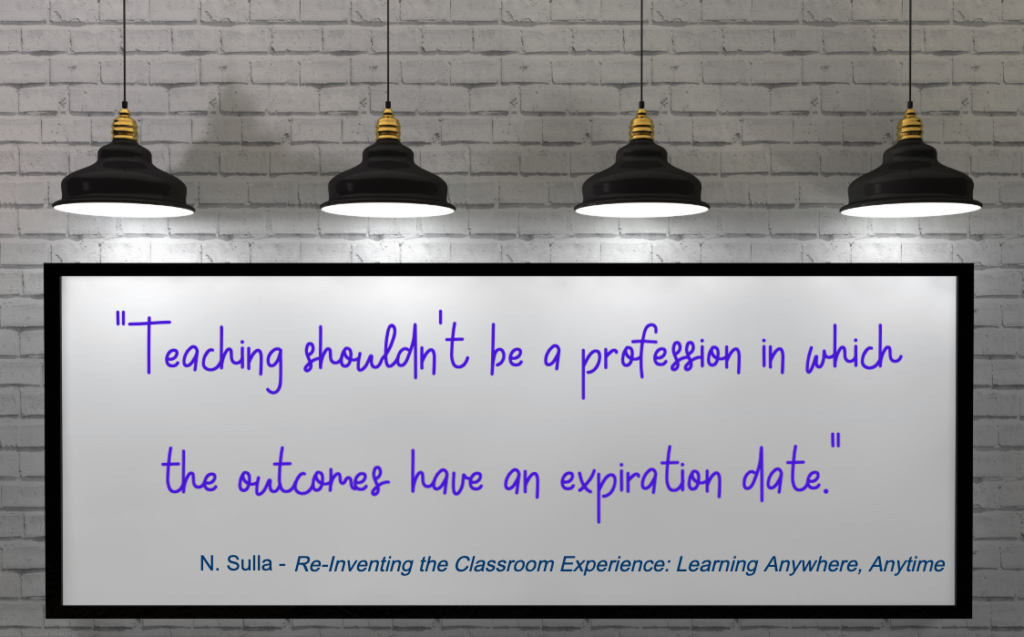You present a great lesson; you have great instructional materials for your students; you offer an assignment to assess their mastery of the content … your students perform well! Yay! Learning has taken place! Now what?
Typically, you move on to the next lesson or unit of study. It’s great that the students “learned” the content, but will they retain it? Will they carry this with them into the next month or year or beyond? My experience has been that schools struggle more with the retention of learning than with learning itself. Evidence:

- – Do your students incorrectly answer questions on state assessments even though you know you taught the content?
- – Do you and your colleagues recognize “summer slide” among your students?
- – Do students ever say, “We never learned that,” when you know they did?
- – Do you review before tests?
If you answered yes to any of those questions, chances are, your students aren’t retaining the learning!!!! “Teaching shouldn’t be a profession in which the outcomes have an expiration date.” (From my latest book, Reinventing the Classroom Experience: Learning Anywhere, Anytime.) Here are a few tips for improving students’ retention of learning:

Connect the Content to the Learner!
The brain is extremely efficient: It remembers information to varying levels and discards information it deems unnecessary. When the brain encounters new information, if it can relate that to other known information, the likelihood increases that the new information will be remembered. Content needs context! Teach through real-world problems. PBL is a powerful approach for increasing retention. Read more about the 5 Ps of PBL, In Search of the Perfect Problem, and the PBL-SEL Connection.

Promote Repeated Retrieval of Content!
The brain prioritizes information you use regularly. The more students retrieve content from their brains in order to use it, the more likely they are to retain that content for the long term. When do you retrieve information? When you practice! In the book Make It Stick, the authors speak about the importance of three kinds of practice: spaced, varied, and interleaved. Design your lessons and activities so that students are continually practicing what they’ve learned, even after that test has been administered.

Ensure a Real Audience!
An audience offers an authentic purpose for learning, and people tend to pay more attention to detail and work to impress more when they have an audience other than the teacher. If you follow tip #1 and engage students in developing solutions to real-world problems, then ensure that there is also a real audience: a group or person who could potentially implement or offer feedback on the solution. That might include having the group of students working on a solution determine to whom their solution might be sent and having the teacher send it on their behalf. It might include a local community figure receiving the solutions. Positioning students to become a peer expert in a skill or concept, once they demonstrate that they can explain the content well, is another way to provide a purposeful audience: their peers who need help.
These are just three ways to start promoting retention of learning! IDE Corp. provides consulting services in designing classrooms that promote equitable instructional opportunities and access aimed at the retention of learning. Contact us for more information. EdQuiddity Inc offers online, self-paced professional learning experiences for educators, including Reinventing the Classroom Experience and Anchoring Learning and Engaging Students Through the 5 Ps of PBL. Learn more at learn.edquiddity.com.
